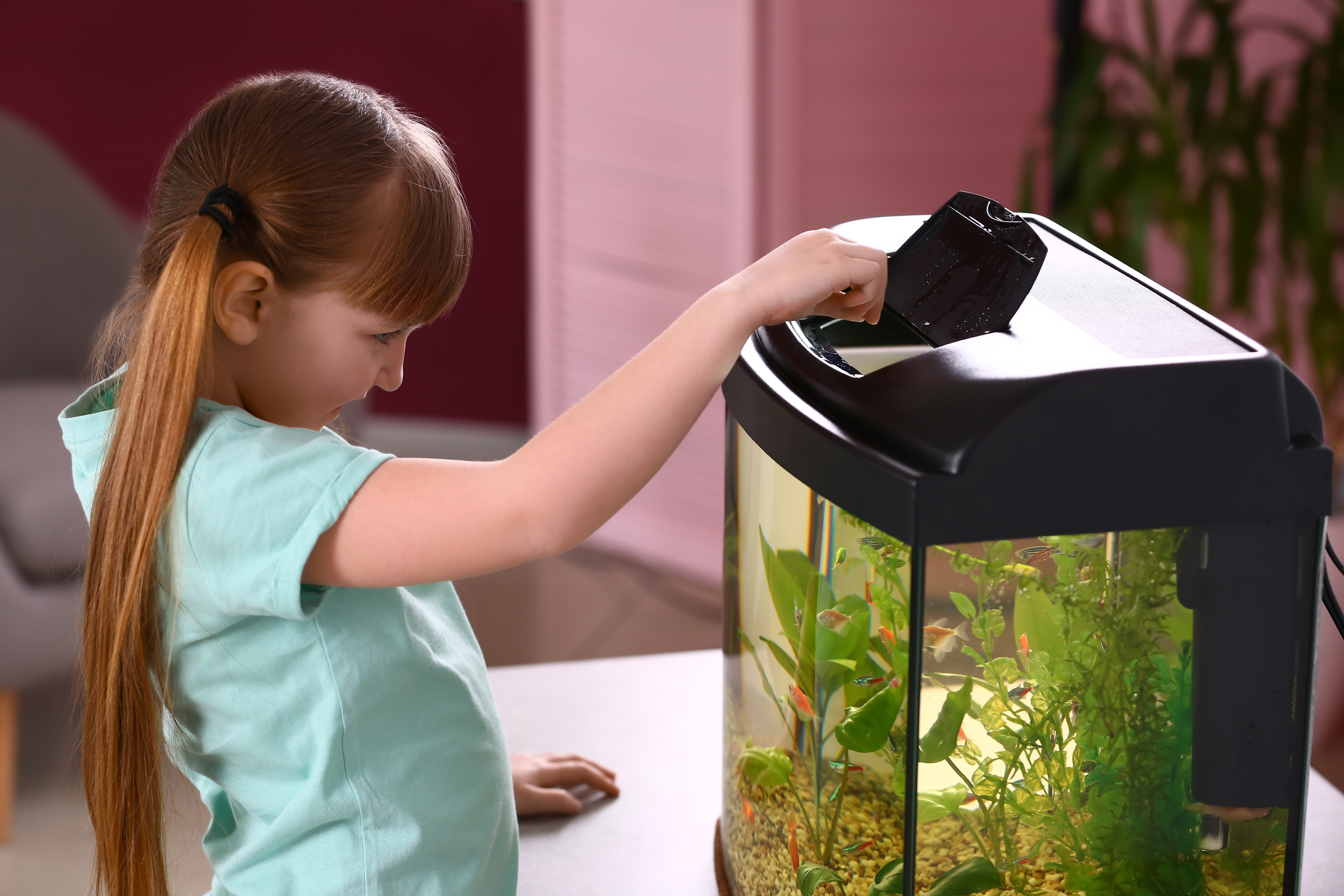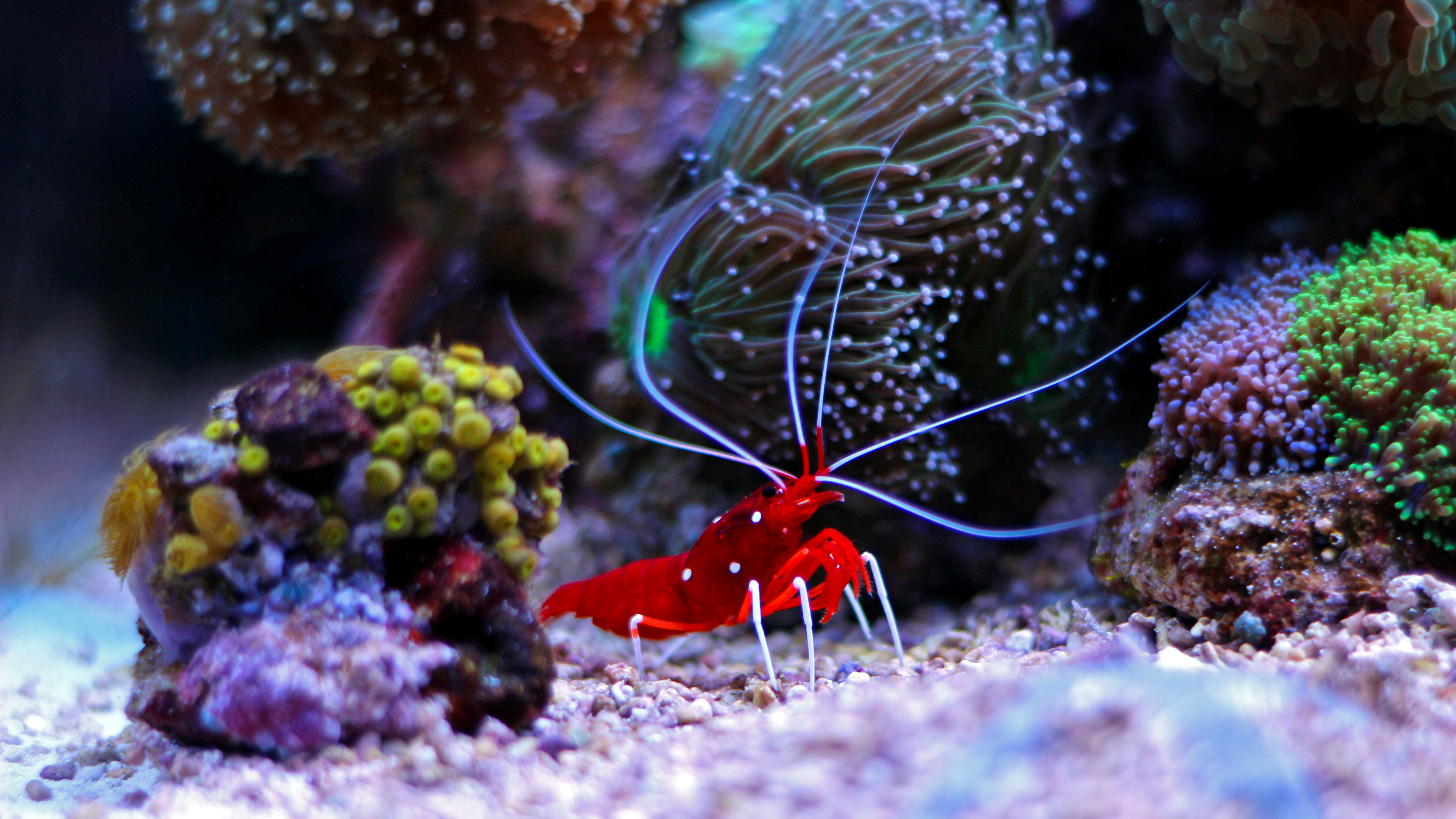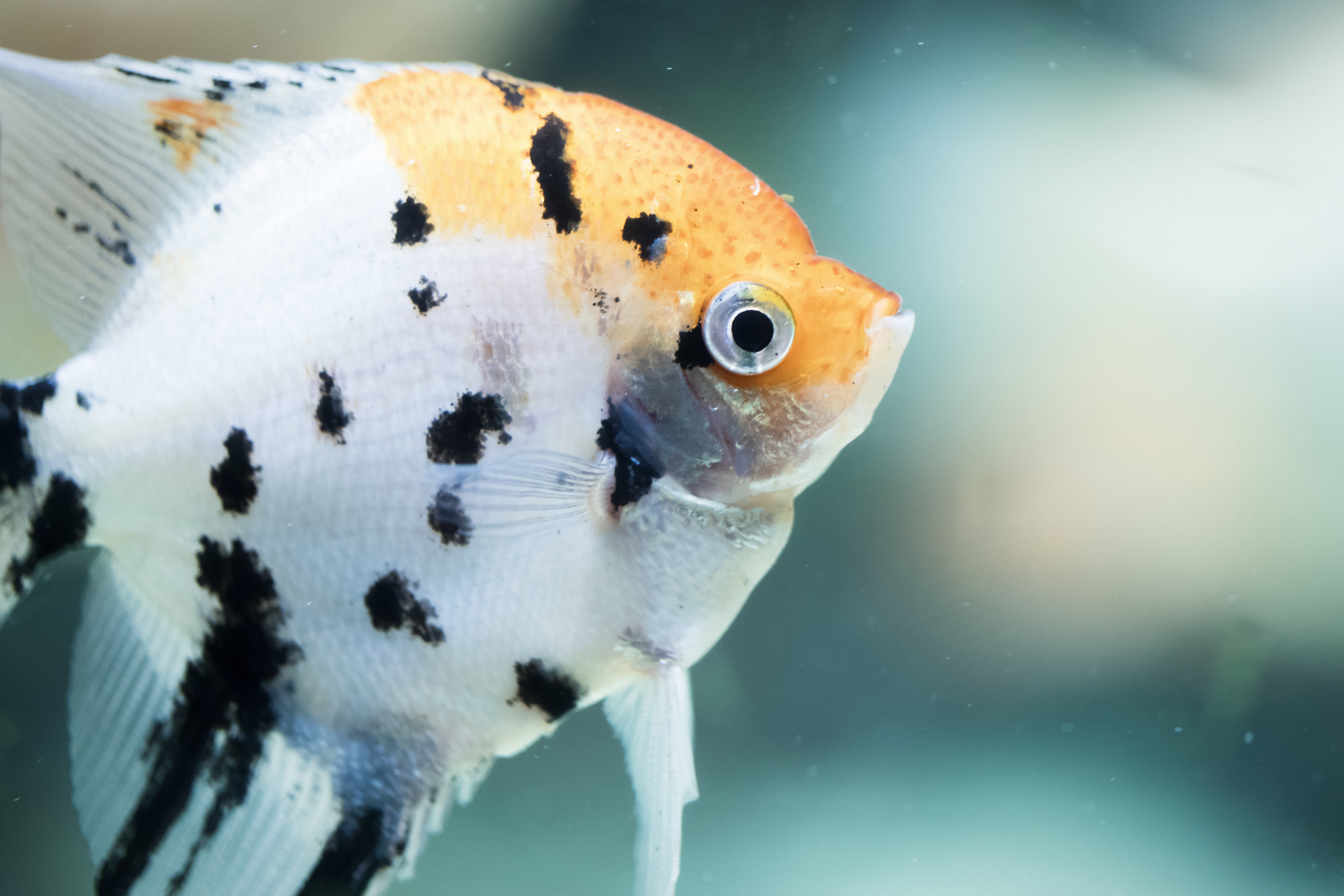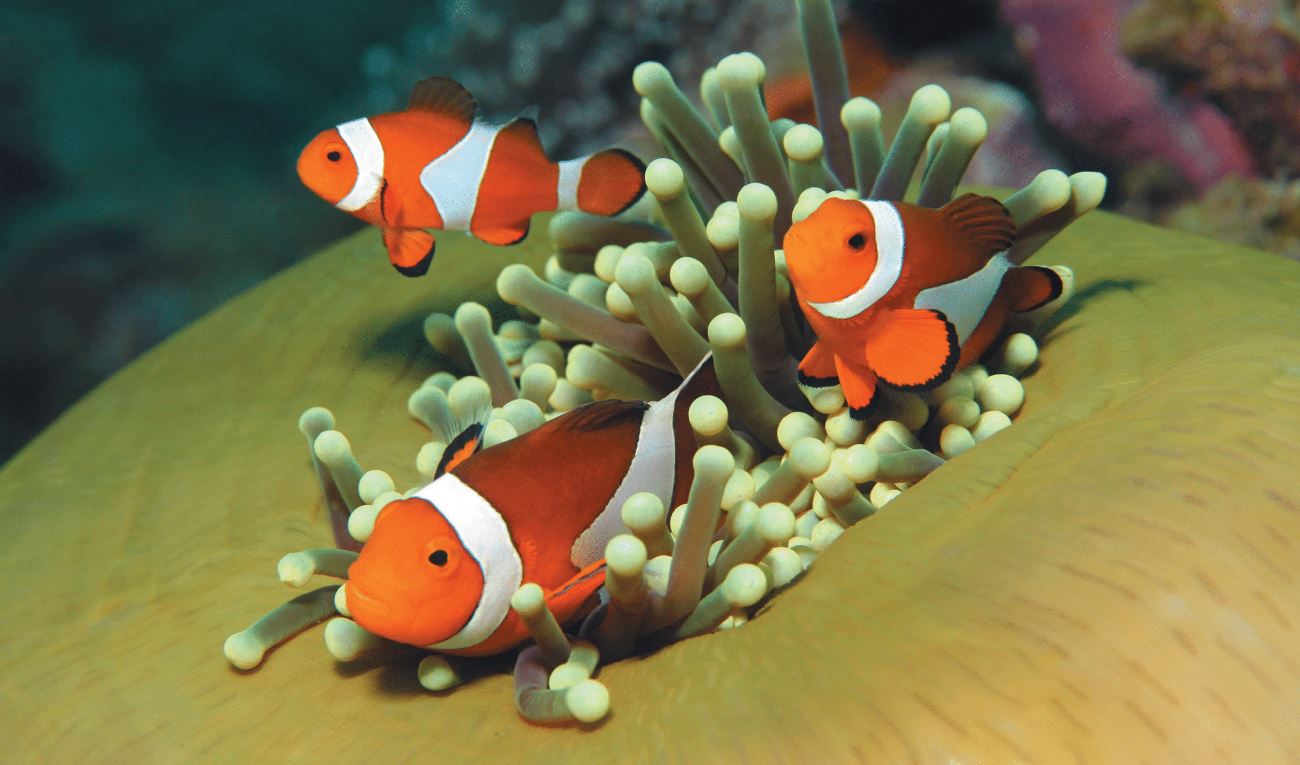Get the Betta: The Gateway Fish
Pet Age Staff //June 29, 2017//
BY SARA KEEGAN
There are many types of betta fish, and they all have two things in common: they are pretty to look at and easy to take care of. They’re also considered a ‘gateway fish’ by many fishkeepers and experts in the pet industry.
“They’re a very good starter fish,” said Mike Scott, owner of Coast Tropical, a fish wholesaler that runs out of Gardena, California.
Scott said he sells mostly veil-tail and crown-tail bettas, as they are the most inexpensive. According to Scott, crowntail bettas retail for about $6 and are only 25 cents more than the veil tails, which retail for $4 to $5.
“We sell about 4,000 [crown tails] a week,” he said.
There are pricier kinds that don’t sell as well but are very nice fish and may be appealing to higher end customers. For example, the koi bettas are expensive.
“The koi betta that’s red, white and black, that’s pricey—like 60 buck
s,” Scott said. “It’s definitely a really nice betta.”
Adam Marquez, owner of 7 Seas Tropical Fish of San Pedro, California, offers many types of bettas at his store.
“I have the regular veil-tail, crowntail, halfmoon, dumbo ears, koi bettas, platinum bettas,” he said, explaining the range on price can be anywhere from $3 to $30.
Bettas do well in small tanks, typically 1-1/2 to 2 gallons. This is because they do not need a lot of upkeep, which is appealing to customers.
“They traditionally don’t have to invest in filtration too much,” Marquez said. Roger Ma, owner of Pet Zone Tropical Fish of San Diego, California, sells a lot of bettas that are a little above the basic, including the pearl white halfmoon bettas.
“We sell close to a half a dozen a day of that color,” Ma said.
The retail price of the white halfmoon betta is about $17 each. Pet Zone also sells a lot of koi bettas, which range in price from $7 to $17.
Additional Sales
However, though caring for bettas is relatively easy, it is important to keep in mind that there are many items to consider when selling bettas to customers, starting with the tank.
“It really comes down to size. In all cases with any fish, bigger is better, and bettas are no different,” said Gary Jones, R&D manager for API Fishcare.
API offers many different betta kits in different shapes and sizes, ranging in price from $20 to $30.
According to Jones, while the right tank is important, it’s the accessories that a fishkeeper adds to the tank that makes a difference, such as heaters for the tank.
“A betta might survive 68°F degrees or in the mid-60s°F, but it’s certainly not going to thrive. It’s not going to maintain its color; it’s not going to maintain its health,” Jones said.
In addition to a heater, Jones also recommends adding API brand betta fish conditioner and BettaFix to the tank to keep bettas healthy and happy. He also recommends a filter, or at least frequent water changes.
All About Display
When it comes to selling bettas in-store, there are many different ways to feature them.
Many different setups are available from 7 Seas to display bettas, including a standard betta traditional glass bowl.
“We have one in a vase with a fl at light plant sticking out, which was very popular in the ’90s,” Marquez said. Marquez sells different brands of betta kits, including from Marineland and Tetra. Marineland’s tanks are a bit higher priced, while Tetra spans from $12 to $15. According to Marquez, API is another manufacturer he stocks at his store.
Hagen also has its own Marine Betta tanks to be sold in-store, which retail for about $10 to $12.
Creating Community
Ma has a different setup for the bettas he sells in his store in California.
“We have probably about five different tanks that they’re in, nicely decorated with plants and spider wood,” he explained. “It’s a complete set, so it’s got its own little ecosystem that they’re in.”
Ma also said Pet Zone Tropical Fish has some bettas mixed in a community tank.
“In some bigger tanks, those guys [bettas] are usually the focal point, really brightly colored, and they’re interactive,” Ma said. “Th ey follow people around.”
Jones agrees with having a community setting for bettas.
“They’re great community fish,” he noted. “They do very, very well in a community tank.”
However, Jones clarifies that two bettas should be kept separately, as they are prone to fighting or mating, depending on the sexes.
“Th ey need to be in a peaceful community tank,” he advised.
Jones also agrees that including plants and accessories in the betta tank are important for aesthetic and health reasons.
“[Plants] are not only pleasing to the consumer, it makes it more of a decorative piece, but most importantly it helps reduce the stress, bettas need an escape from what they perceive as a threat,” Jones said.
Giving bettas a place to “hide” will help to ease some of that stress. For retailers looking to really make a splash, the Pro Clear Aquatic Systems latest version of the Grab ‘n Go Display is a great way to display your bettas and make it easy for the consumer to pick out their fi sh and purchase it.
According to Pro Clear’s press release, its “new Grab ‘n Go display is designed for end cap use. It features a three-sided view and houses 55 cups.”
Th is display works for freshwater or saltwater fish and can be altered to feature a store’s logo and information.
Customers looking to get started with the fishkeeping hobby would do well to start off with a betta to get used to the care before moving on. Helping customers get acquainted with the care of bettas could lead them to become lifelong fishkeepers.
“Bettas are a gateway fish for moving into larger aquariums,” Jones said.



















